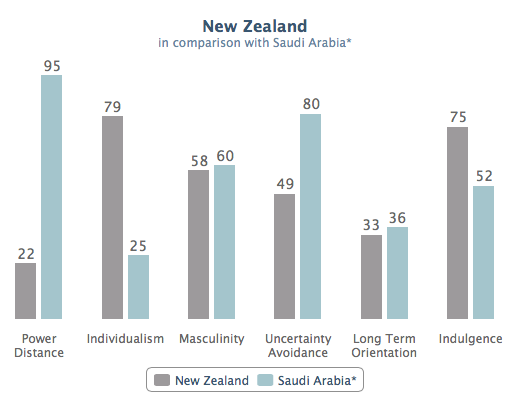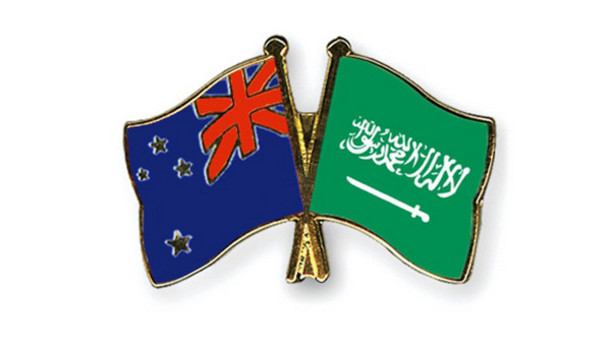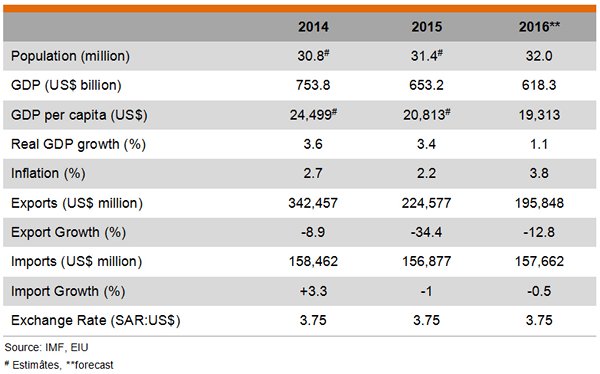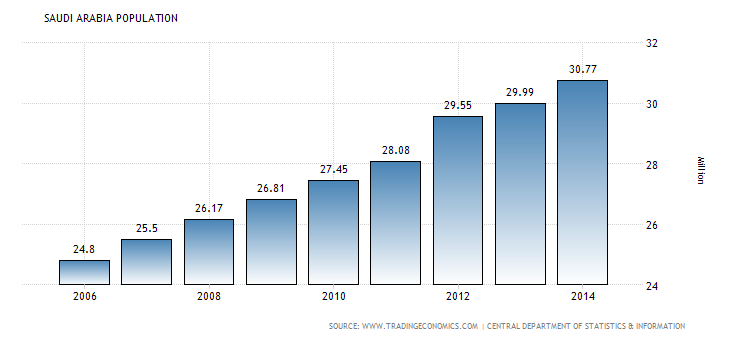I thoroughly enjoyed emerging myself in the Saudi Arabian culture. It was interesting to learn about their values, business etiquette and the cultural similarities and differences. There were many findings presented from my research of the country that I will present to the managers on my return to NZ. Furthermore I will give a discussion of my final recommendation regarding entering the into the market of Saudi Arabia.
Getting to Saudi Arabia (in terms of flights) is relatively expensive. Once there however, accommodation, food and transport all tend to be cheaper in price. There is not a lot of trouble involved when applying for a visa when heading over to Saudi Arabia however, once in the country the cultural policies will be hard to work with if I have not planned in advance. As I am a solo woman traveller I will either have to have a guardian to meet over in Saudi or bring a fellow business buddy along with me. The language in Saudi Arabia is Arabic which unfortunately I am not very fluent in. This means I will be needing to bring an Arabic dictionarie as well as have a translator in the country to minimise the language barrier.
It is also important I study up on cultural aspects of the country. As Saudi Arabia is a very religious country, it is important I follow all protocol to establish a sense of trust between Saudi citizens and to be respected within the country as well. A little study before my trip will go along way to help avoid any disrespectful run ins associated with business etiquette, the communication style and cultural differences.
Whilst over there I have decided to enter the market through a wholly owned market entrant strategy where I will have full control of the business on the start up of it. This will be the most beneficial market entrant strategy due to cultural differences and the product I am selling. Traditionally sheep are seen as sacrifices or food to Saudi Arabians and perhaps are not as valued as the merino sheep over in NZ. Therefore it is important to promote the features of the material to oil industry workers to ensure they hold a level of respect towards the product. Although exporting may save on costs as well as a joint venture, I believe these methods will not be as successful due to the cultural differences between countries and although a joint venture is typically similar to that of the wholly owned strategy, I believe problems will arise later down the track with the partner I join with due to disagreements on ideas and decision making.
In some aspects standardising the product could be very useful to help save on costs as the trip is already going to be relatively expensive, however for the best results I believe customising the product is the way to go which is again a result of the cultural differences between countries.
Ultimately I think the best idea is to stick with basing the merino clothing company in New Zealand. In terms of international expansion I am sure there are various other countries that would benefit from merino clothing being sold within their region which would in turn provide the company with huge success, however, I believe Saudi Arabia is not the country for this. Not only is it a risky and expensive business venture, but also it is also not entirely going to work out as a result of being a businesswoman in a country that has strict rules on women’s actions. As well as this there is also the complications of cultural differences that at first may seem easy to work around, however after two months in the country I personally think will affect the successfulness of the business venture. This is predominantly due to the large amount of time it takes for Saudi Arabian’s to warm up to new ideas and ensure trust is established before any action is taken.
So unfortunately planned expansion into the designated market did not pan out as expected but regardless I still had a great time looking into the country and learning about the ins and outs of international marketing.
وداعا لل الآن السعودية جزيره العرب – Bye for now Saudi Arabia!





















